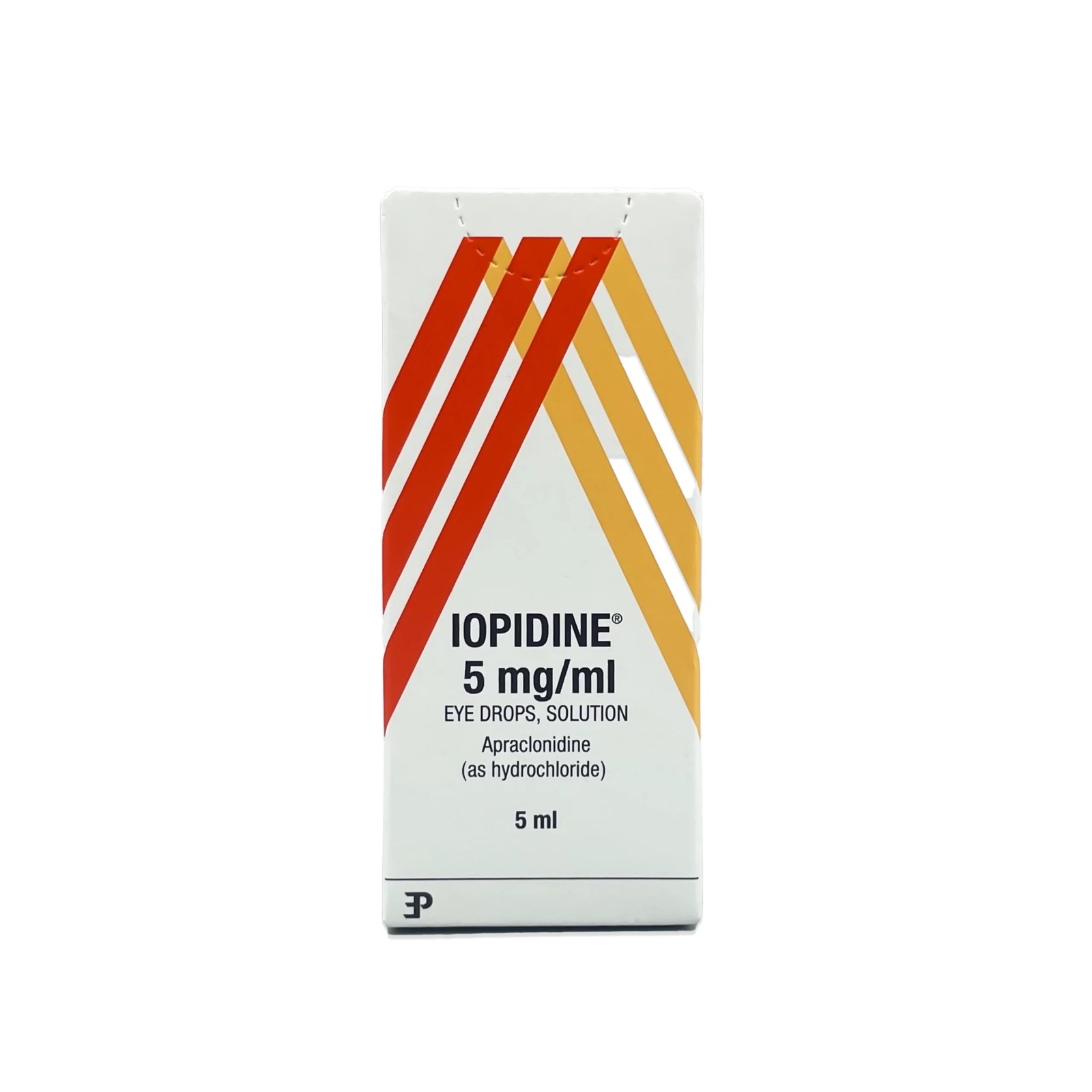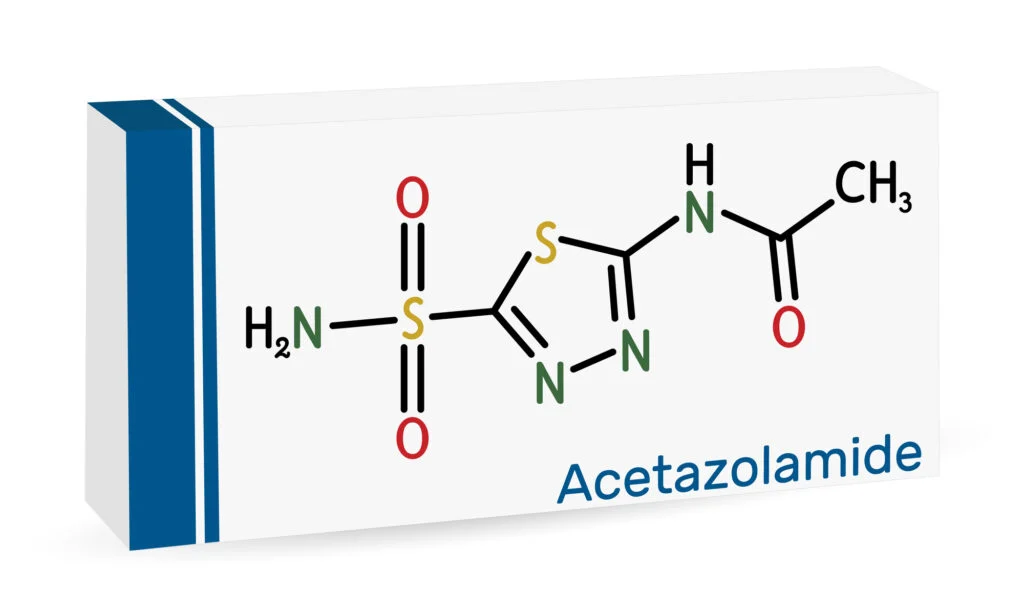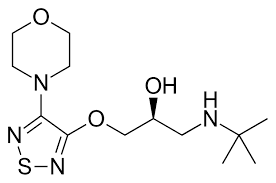A Targeted Solution for Glaucoma and IOP Control
IOPIDINE, generically known as apraclonidine, is an alpha-adrenergic agonist used primarily to manage intraocular pressure (IOP) in glaucoma patients. It is particularly effective for short-term use, such as post-surgical IOP control or during acute situations. Its rapid pressure-lowering action makes it a valuable option for managing glaucoma and ocular hypertension.
How Does IOPIDINE Work?
Apraclonidine works by reducing the production of aqueous humor while enhancing its outflow through secondary pathways. This dual mechanism quickly reduces IOP, helping to prevent optic nerve damage.
Pressure-Lowering Strength
IOPIDINE can reduce IOP by approximately 20–30%, with effects observable within one hour of administration. Its peak efficacy occurs around 3–5 hours after dosing, though its duration of action is relatively short, necessitating multiple daily applications.
Side Effects
While effective, apraclonidine may cause some side effects, including:
- Eye redness or discomfort
- Dry mouth
- Blurred vision
- Fatigue or drowsiness
- Allergic reactions, such as swelling or itching, particularly with prolonged use

Systemic side effects are rare but can include dizziness, low blood pressure, or a slowed heart rate.
Elimination and Half-Life
Apraclonidine has a short half-life of approximately 8 hours, and its effects are eliminated from the body within 24–36 hours. This rapid elimination makes it suitable for intermittent or short-term use but limits its application as a long-term therapy.
Combination Therapy
IOPIDINE is often used alongside other glaucoma treatments, such as prostaglandin analogs or beta-blockers, for enhanced IOP control. Its quick action also makes it an excellent adjunct for procedures like laser trabeculoplasty.
Withdrawal Symptoms
Abrupt cessation of apraclonidine can lead to rebound IOP spikes, which may elevate eye pressure beyond pre-treatment levels. Rebound intraocular pressure (IOP) spikes after discontinuing IOPIDINE (apraclonidine) are relatively uncommon but possible, particularly in patients who have been using it for an extended period or in high doses. To minimize this risk, tapering under medical guidance is recommended.
What Patients Should Know
IOPIDINE is typically reserved for short-term or adjunctive treatment due to its potential for allergic reactions and reduced efficacy with prolonged use (tachyphylaxis). Patients with cardiovascular conditions, severe kidney disease, or a history of allergies should inform their doctor before using apraclonidine.
Apraclonidine’s targeted action, rapid pressure-lowering capability, and versatility make it a critical tool in glaucoma management, particularly during acute episodes or as a supplement to other treatments. Regular monitoring and follow-up are essential to ensure optimal outcomes and minimize side effects.


